Conservation
All Conservation Content

39th annual Rangeland and 18th annual Soil Days set for June 14-15 in Watertown
March 20, 2023
SDSU Extension, Codington Conservation District and South Dakota Natural Resources Conservation Service are hosting Rangeland Days and Soil Days on June 14-15 in Watertown, South Dakota.

What is the “a” in Chlorophyll-a?
Have you ever heard the term "chlorophyll a" used in reference to a lake's blue-green algae content? From type "a" to type "f," learn how different types of chlorophyll impact lakes and aquatic environments.
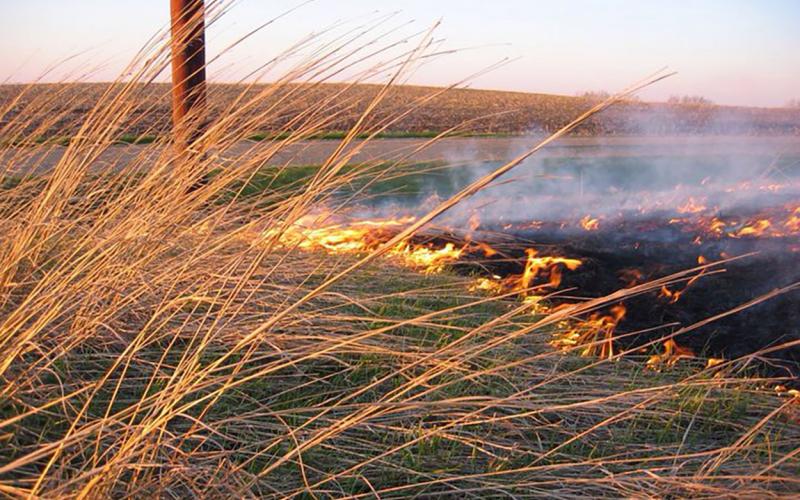
Fire as a Management Tool
When planned for and implemented appropriately fire is a tool that can have tremendous benefits to your grassland community.

Carbon Markets and Opportunities for Farmers
There is growing interest in paying farmers for regenerative agricultural practices as a means for sequestering carbon. Learn about some of the benefits and challenges that carbon capture opportunities offer for producers.
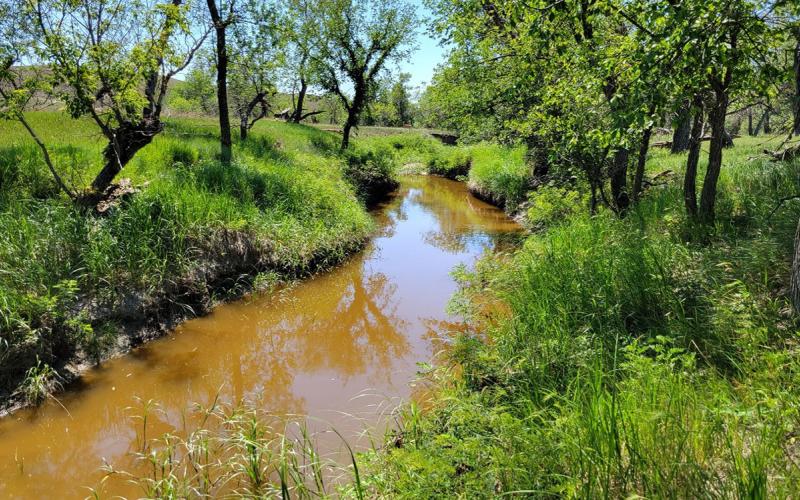
Western South Dakota Stream Guide now available for landowners, managers
January 24, 2023
A new manual, “Understanding Western South Dakota Prairie Streams” – or the Stream Guide – is now available as a free digital download.
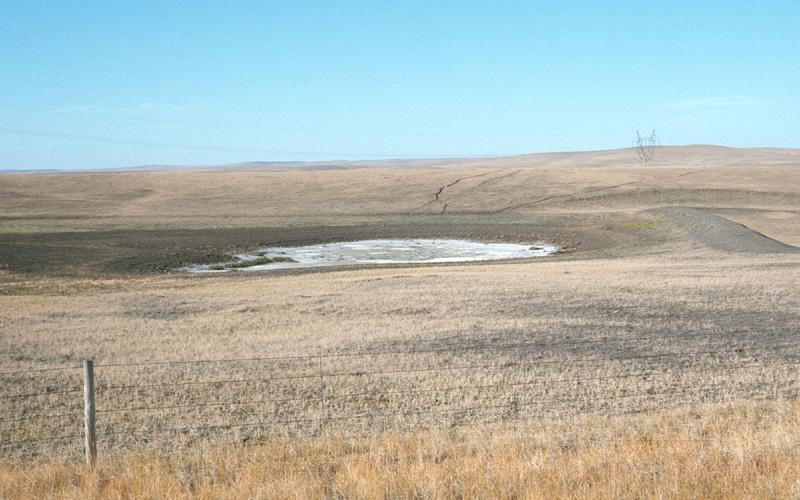
Can You Break the Hydro-illogical Cycle?
Regardless of the time of year, it is critical to start thinking about the next drought before we are in it. Learn some key strategies for breaking the Hydro-Illogical Cycle by leveraging drought motioning resources and creating a plan for your operation.
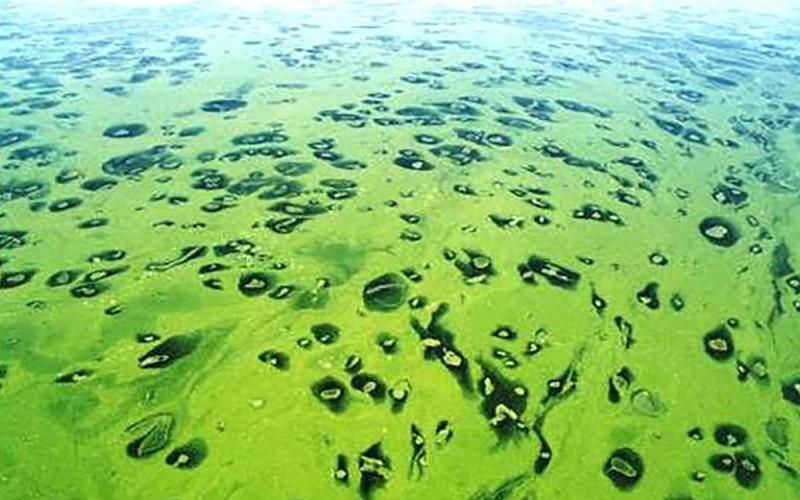
Liebig’s Law of the Minimum and Phosphorus in South Dakota Surface Waters
Too much phosphorus in water can lead to increased growth of aquatic plants, algae blooms and fish kills. Learn about some recent research investigating the impact of phosphorus runoff on South Dakota's water resources.

Registration Open for the 2022 Eastern South Dakota Water Conference
September 21, 2022
Registration is open for the 2022 Eastern South Dakota Water Conference to be held on Wednesday, Oct. 12, at the McCrory Gardens Education and Visitor Center in Brookings, South Dakota.

Urban Stormwater Systems and Leaf Litter
Leaf litter can be a significant source of organic debris to urban stormwater systems during fall rain, which can mean nutrient spikes in the receiving bodies of water. Learn some expert tips for managing leaf litter this fall.
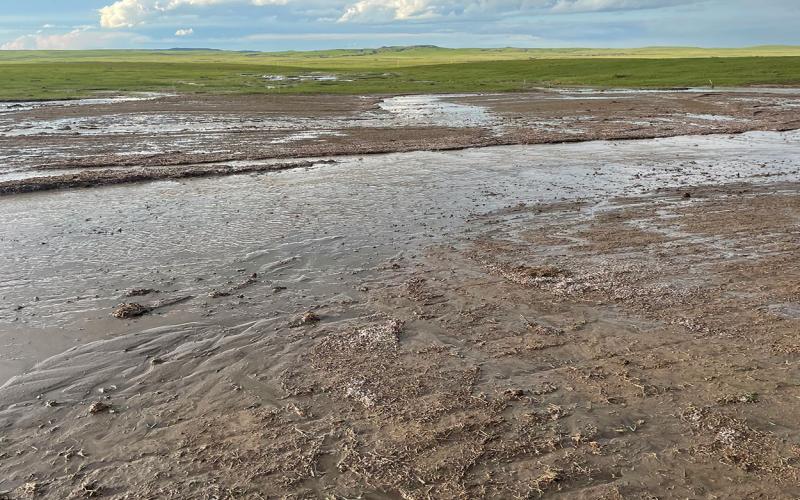
Five Range Management Principles: #4 Residual Forage
Residual forage is the amount of green leaf left after a grazing event. Understanding its importance can help producers capitalize on the symbiotic relationship that occurs when soil health is front and center on rangelands.